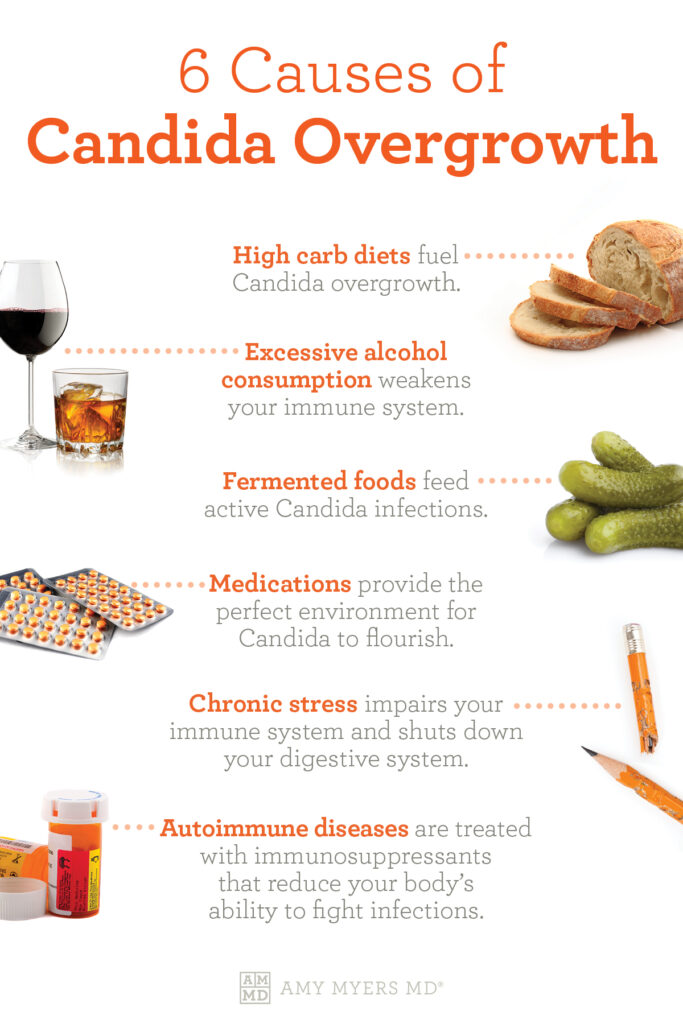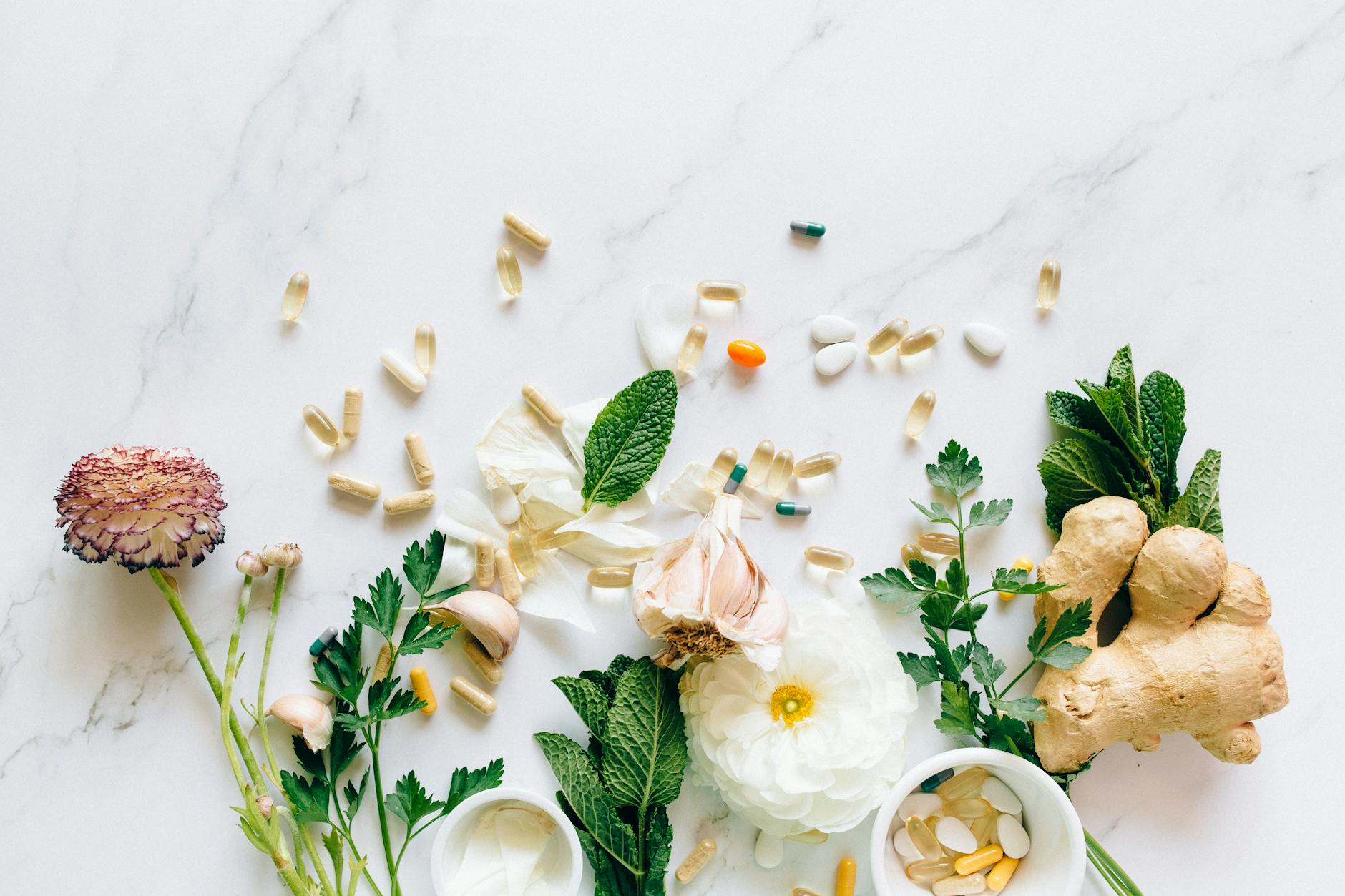Uncover the secrets to beating yeast infections for good with these top 10 infection solutions you need to know about.
Table of Contents
- Introduction: Understanding Yeast Infections
- Signs and Symptoms to Look Out For
- Let’s Talk Treatment: Knocking Out Yeast Infections
- Home Remedies: Kitchen Cabinet Cures?
- Prevention Tactics: Staying Yeast-Free
- The Science Behind Yeast Infections
- Talking to Your Family or a Doctor
- Busting Myths About Yeast Infections
- What’s Up Down There? A Look at Feminine Health
- Conclusion: Victory Over Yeast
- FAQs
Introduction: Understanding Yeast Infections
Yeast infections are something that some people have to deal with, but what exactly are they? Let’s dive into what causes yeast infections, like candidiasis and thrush, and how they can affect our bodies.
What Is a Yeast Infection?
Yeast is a type of fungus that can normally be found in small amounts in our bodies, like in the mouth, digestive tract, and on our skin. However, when yeast grows out of control, it can lead to an infection. Yeast infections can occur in various parts of the body, causing discomfort and sometimes pain.
Common Types
One common type of yeast infection is thrush, which often affects the mouth and throat. Yeast infections can also occur in warm, moist areas of the body, like the vagina. It’s important to recognize the symptoms of different types of yeast infections so that they can be treated properly.
Signs and Symptoms to Look Out For
In this section, we will outline common signs that might suggest someone has a yeast infection.
Things You Might Notice
We’ll list easy-to-spot signs, like itchiness or redness, that can occur during a yeast infection.
If you’re feeling itchy or noticing redness in private areas like your mouth, throat, or groin, it could be a sign that you have a yeast infection. These discomforts might make you feel a bit uncomfortable or in pain, but don’t worry – knowing the signs can help you get the right treatment to start feeling better soon.
Another common symptom of a yeast infection is a white, clumpy discharge. If you notice this, especially in girls, it’s a sign that there might be a yeast overgrowth causing the infection.
In some cases, you might also experience a burning sensation when you pee or pain during urination. These uncomfortable symptoms can also be linked to a yeast infection in the genital area.
Some people might also have swelling or soreness in the affected area. So if you feel any unusual changes in your body, it’s important to pay attention and talk to a grown-up you trust for help.
Let’s Talk Treatment: Knocking Out Yeast Infections
In this crucial section, we will discuss the various treatment options available to make yeast infections go away.

Image courtesy of www.pinterest.com via Google Images
Over-the-Counter Solutions
Over-the-counter treatments are easily accessible at your local pharmacy or grocery store without needing a prescription. These solutions come in the form of ointments, creams, and pills that can help alleviate the symptoms of a yeast infection.
Prescription Heroes
If the over-the-counter remedies are not effective in treating the yeast infection, a doctor may prescribe stronger medications to combat the infection. These prescription medications are more potent and can be more effective in knocking out stubborn yeast infections.
Home Remedies: Kitchen Cabinet Cures?
When it comes to yeast infections, many people wonder if they can find relief right in their own kitchens. Let’s take a closer look at some possible home remedies that may help with yeast infections.
Natural Tricks
Some folks swear by the power of natural remedies when it comes to treating yeast infections. One common suggestion is using probiotics, which are healthy bacteria that can help balance out the yeast in your body. You can find probiotics in foods like yogurt or in supplement form at the store.
Another popular natural remedy is tea tree oil. This essential oil is known for its antimicrobial properties and may help fight off the yeast causing the infection. However, it’s essential to dilute tea tree oil with a carrier oil before applying it to your skin, as it can be harsh when used directly.
Garlic is also believed to have antifungal properties that could help combat yeast infections. Some people try inserting a peeled garlic clove into the vagina overnight to treat the infection. However, it’s crucial to be cautious with this remedy, as garlic can be irritating to the skin.
While these kitchen cabinet cures may sound promising, it’s important to remember that everyone’s body is different. What works for one person may not work for another. It’s always a good idea to consult with a healthcare provider before trying any new home remedies to ensure they are safe and effective for your specific situation.
Prevention Tactics: Staying Yeast-Free
In this section, we will discuss important steps you can take to prevent yeast infections and keep yourself healthy. By following these simple tips, you can reduce the chances of experiencing discomfort caused by yeast overgrowth.

Image courtesy of ch.pinterest.com via Google Images
Hygiene and Habits
One of the most effective ways to prevent yeast infections is by maintaining good hygiene practices. Here are some daily habits you can incorporate into your routine:
1. Keep your private areas clean and dry by washing with gentle soap and water regularly.
2. Avoid using scented products in sensitive areas, as they can disrupt the natural balance of bacteria and yeast.
3. Change out of wet or sweaty clothing as soon as possible to prevent moisture buildup, which can create an environment for yeast to thrive.
4. Choose breathable cotton underwear instead of synthetic materials to allow for better airflow.
5. Be mindful of your diet and try to limit the intake of sugary foods, as yeast thrives on sugar.
By incorporating these simple habits into your daily routine, you can help prevent yeast infections and maintain good feminine health.
The Science Behind Yeast Infections
In this section, we will delve into the fascinating science behind yeast infections and uncover how these pesky fungal infections can wreak havoc on our bodies.
| Solution | Description | Effectiveness |
|---|---|---|
| Probiotics | Good bacteria that help restore balance in the gut | High |
| Antifungal Medications | Prescription or over-the-counter drugs to kill yeast | High |
| Dietary Changes | Avoiding sugar, refined carbs, and alcohol | Medium |
| Hygiene Practices | Keeping genital area clean and dry | Low |
Friendly Fungus? Not Always!
Yeast, a type of fungus, is normally found in small amounts in our bodies. It’s even capable of some helpful functions, like aiding in digestion. However, when the yeast grows out of control, it can lead to a yeast infection. This overgrowth is usually caused by an imbalance in the body’s natural environment, such as changes in pH levels or a weakened immune system.
Talking to Your Family or a Doctor
When you’re not feeling well, especially if you think you might have a yeast infection, it’s important to talk to your family or a doctor. Even though it might feel a little embarrassing, it’s totally okay to ask for help. Grown-ups, like your parents or your doctor, are there to make sure you stay healthy and feel better when you’re sick.

Image courtesy of www.pinterest.com via Google Images
Remember, yeast infections are super common and nothing to be ashamed of. It’s essential to get the right treatment to make sure you get rid of the infection and feel better as soon as possible. So don’t be afraid to speak up and let someone know if you’re not feeling quite right. Your family or doctor can help you figure out the best way to treat the yeast infection so you can get back to running around and having fun in no time!
Busting Myths About Yeast Infections
It’s time to clear up some misunderstandings about yeast infections. One common myth is that only girls can get yeast infections. The truth is, boys can get them too, in different parts of their bodies. So it’s essential to know that everyone needs to take care of their health, no matter their gender.
Another myth is that only people who are unclean get yeast infections. This is not true. Yeast infections can happen to anyone, no matter how clean they are. They are caused by a fungus growing out of control, not by being dirty.
Some people believe that yeast infections are always sexually transmitted. While it’s possible to get a yeast infection from sexual activity, it’s not the only way. Yeast infections can happen for various reasons, including changes in the body’s balance of good and bad bacteria.
Lastly, there is a myth that all yeast infections are the same. In reality, there are different types of yeast infections that can affect various parts of the body, like the mouth (thrush) or the genital area. It’s essential to know the specific type you have to get the right treatment.
What’s Up Down There? A Look at Feminine Health
In this section, we will talk about why it’s essential to pay attention to your body, especially in private areas, to maintain good feminine health.

Image courtesy of www.amymyersmd.com via Google Images
Keeping Healthy
It’s crucial to take care of your body and know what’s normal for you. This means paying attention to any changes or discomfort you might feel. Here are a few tips to help you stay healthy:
– Practice good hygiene by washing your private area daily with mild soap and water. Avoid using scented products, as they can disrupt the natural balance down there.
– Wear cotton underwear, which allows your skin to breathe and reduces moisture, creating a less hospitable environment for yeast to grow.
– Stay dry and change out of wet bathing suits or sweaty clothes promptly to prevent yeast infections from thriving in moist environments.
By following these simple tips and being mindful of your body, you can help maintain good feminine health and prevent issues like thrush and other infections down there. Remember, it’s essential to take care of yourself and listen to what your body is telling you!
Conclusion: Victory Over Yeast
Throughout this journey on understanding yeast infections, we have unearthed the secrets to victory over this pesky problem. By recognizing the signs, seeking treatment, and adopting prevention tactics, we can conquer yeast infections and maintain feminine health.
Your Health is in Your Hands
Remember, taking care of your body is crucial in preventing yeast infections. Simple daily habits, such as proper hygiene and healthy lifestyle choices, can go a long way in keeping yeast at bay. By being mindful of your body and listening to its signals, you can stay on top of your health game.
Knowledge is Power
Equipped with the knowledge of what yeast infections are, their signs and symptoms, and the available treatments, you are in a strong position to combat any challenges that come your way. Don’t be afraid to seek help from a trusted adult or healthcare provider if needed.
Stay Informed, Stay Healthy
By separating fact from fiction and busting myths surrounding yeast infections, you are arming yourself with accurate information to make informed decisions about your health. Keep learning, staying curious, and prioritizing your well-being.
With the right tools and knowledge at your disposal, you have the power to achieve victory over yeast infections and maintain optimal feminine health. Here’s to a future free of yeast troubles!
FAQs
Can I still swim with a yeast infection?
Yes, it’s best to avoid swimming when you have a yeast infection. The warm, moist environment of a pool or hot tub can make the infection worse. It’s a good idea to wait until the infection is fully treated before taking a dip.
Can boys get yeast infections too?
Absolutely! While yeast infections are more common in girls, boys can get them too. They might appear in different areas of the body, such as the groin or underarms. It’s important for everyone to practice good hygiene to prevent yeast infections.




